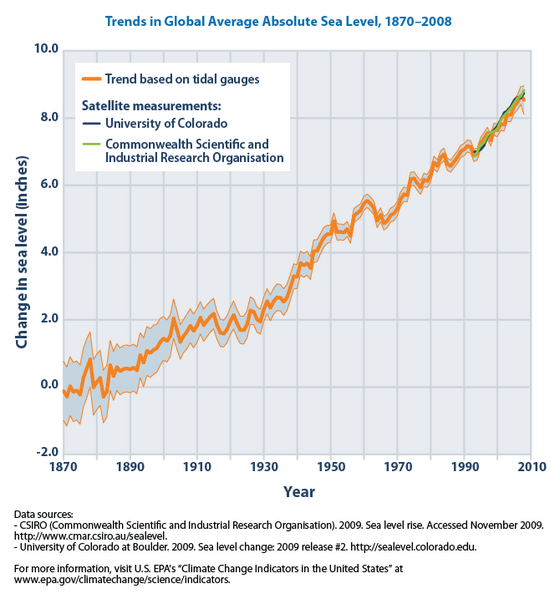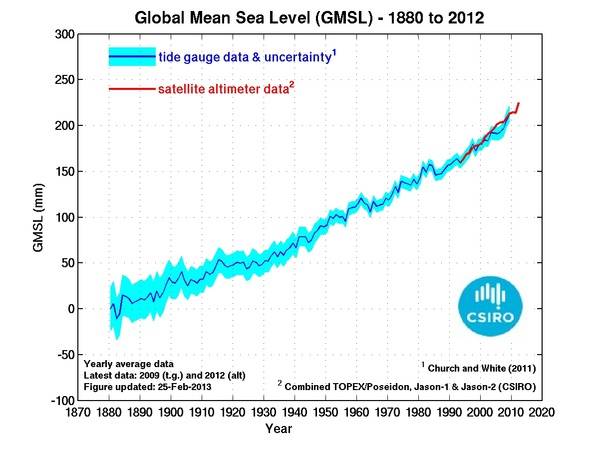joshuah
Member
- Feb 1, 2014
- 47
- 6
- 6
Southern Hemisphere sea ice hits its annual minimum in late February every year. This year measurements are the highest ever recorded for this time of year, and if it holds we will have a new record high minimum.
See Cryosophere Today charts here.
See Cryosophere Today charts here.



